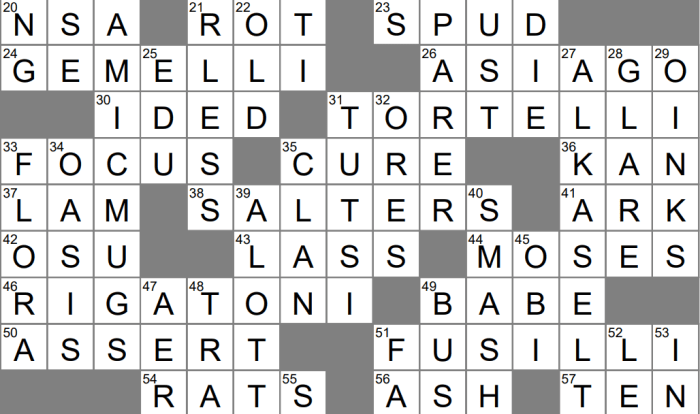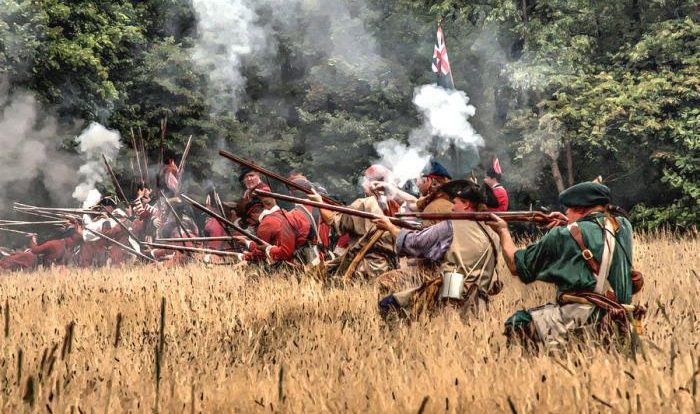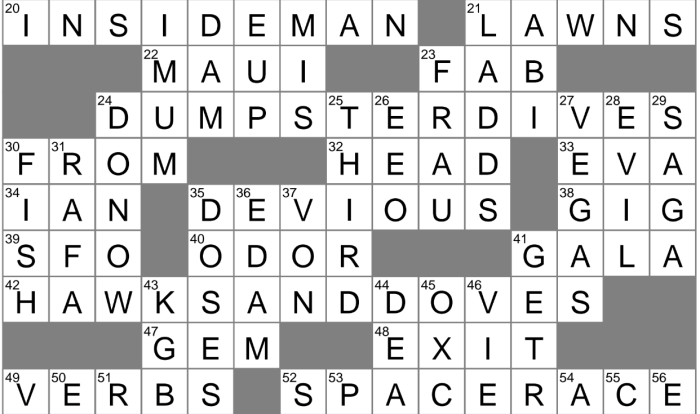Weapons during the Elizabethan era played a pivotal role in shaping warfare, society, and culture. From the iconic longbow to the deadly musket, these weapons left an indelible mark on the era, influencing everything from social hierarchy to artistic expression.
This comprehensive exploration delves into the fascinating world of Elizabethan weaponry, uncovering the evolution, impact, and cultural significance of these instruments of war.
Weaponry and Warfare: Weapons During The Elizabethan Era
The Elizabethan era witnessed a period of significant advancements in weaponry and warfare, transforming the nature of combat and its impact on society. This era saw the introduction of new weapons, improvements in existing ones, and a shift in military tactics.
The English army during this time primarily relied on infantry, with the majority of soldiers armed with pikes, swords, and bows. Pikes were long, wooden spears tipped with iron heads, providing a formidable defensive formation against cavalry charges. Swords, typically double-edged and straight-bladed, were used for close-quarters combat.
Bows remained a crucial ranged weapon, with English archers renowned for their accuracy and skill.
Evolution of Weapons
One of the most significant developments during the Elizabethan era was the introduction of firearms. Early firearms, such as muskets and arquebuses, were heavy and cumbersome, requiring a long reload time. However, their ability to penetrate armor and inflict devastating wounds at a distance revolutionized warfare.
The use of artillery also became more prevalent during this period. Cannons, capable of firing large iron balls over great distances, were employed for both siege warfare and naval battles. The development of lighter and more portable artillery pieces increased their mobility and effectiveness on the battlefield.
Impact on Warfare and Society
The advancements in weaponry had a profound impact on warfare. The introduction of firearms led to a decline in the use of heavy armor, as it became less effective against bullets. This, in turn, led to a shift towards lighter and more mobile infantry tactics.
The increased lethality of weapons also had significant social implications. The widespread use of firearms resulted in a higher number of casualties and injuries, both on the battlefield and among civilians. The availability of powerful weapons also contributed to increased social unrest and violence.
Weapons and Social Class
In the Elizabethan era, weapons were not merely tools of warfare but also symbols of social status and power. Different social classes possessed distinct weapons that reflected their roles and positions within society.
Upper Class
- Swords:The sword was the weapon of choice for the upper classes, including nobles, knights, and wealthy merchants. It was a symbol of authority and honor, often adorned with intricate designs and precious metals.
- Daggers:Daggers were smaller, concealable weapons used as a backup or for self-defense. They were popular among the upper class for personal protection and assassination attempts.
- Halberds:Halberds were long-handled weapons with an axe blade on one end and a spear tip on the other. They were used by the upper class as ceremonial weapons and in close-quarters combat.
Middle Class
- Longbows:Longbows were the primary ranged weapon for the middle class, including archers and yeomen. They were used for hunting, target practice, and warfare.
- Crossbows:Crossbows were mechanical bows that could fire bolts with greater accuracy and power than longbows. They were popular among the middle class for hunting and defense.
- Polearms:Polearms, such as pikes and spears, were used by the middle class as infantry weapons in close-quarters combat.
Lower Class
- Staves:Staves were simple wooden poles used by the lower classes as a weapon of self-defense or as a tool for daily tasks.
- Knives:Knives were versatile tools used by the lower classes for both domestic and defensive purposes.
- Slings:Slings were simple ranged weapons used by the lower classes for hunting and self-defense.
Weapons and Social Order, Weapons during the elizabethan era
Weapons played a crucial role in maintaining social order in the Elizabethan era. The upper classes used their superior weaponry to enforce their authority and suppress dissent. For example, the use of halberds by the Royal Guard was a symbol of the monarchy’s power and the consequences of rebellion.
Weapons and Social Conflicts
Weapons were also used in social conflicts between different classes. The longbow, for instance, was a powerful weapon that allowed the middle class to challenge the dominance of the upper classes in archery competitions and even in battle. Similarly, the use of pikes and spears by the lower classes in riots and uprisings demonstrated their potential for resistance against oppression.
Weapons and the Arts
Weapons played a significant role in the arts during the Elizabethan era. They were not only depicted in literature, art, and music but also used as symbols and metaphors to convey deeper meanings and messages.
Depictions in Literature
In Elizabethan literature, weapons were often used to describe the characters’ strength, courage, and nobility. For example, in William Shakespeare’s play “Hamlet,” the title character is described as “a soldier and a scholar,” wielding a sword and a quill pen to symbolize his dual nature.
Depictions in Art
Weapons were also prominently featured in Elizabethan art. Portraits of nobles and military leaders often depicted them holding swords, spears, or other weapons, symbolizing their power and authority. In paintings and tapestries, battles and tournaments were common subjects, showcasing the role of weapons in Elizabethan society.
Depictions in Music
Weapons also found their way into Elizabethan music. In songs and ballads, swords and other weapons were used as metaphors for love, honor, and courage. For example, in the song “The Battle of Agincourt,” the English soldiers are described as “with swords in hand” and “hearts full of fire,” symbolizing their determination to win the battle.
Influence on Cultural Expression
The prevalence of weapons in Elizabethan art and literature influenced cultural expression in several ways. It reinforced the idea of the nobility and power associated with weapons and encouraged a sense of national pride and martial spirit. Additionally, the use of weapons as symbols and metaphors allowed artists and writers to express complex ideas and emotions in a visually and emotionally evocative way.
Weapons and Technology
The Elizabethan era witnessed significant technological advancements that revolutionized warfare and weapon development. The introduction of gunpowder, advancements in metallurgy, and improved manufacturing techniques led to the creation of new and more powerful weapons.The invention of gunpowder had a profound impact on warfare.
Cannons, muskets, and other gunpowder-based weapons became increasingly common, leading to a shift from traditional melee combat to ranged warfare. These weapons allowed armies to inflict heavy casualties from a distance, changing the dynamics of battles and sieges.Metallurgical advancements also played a crucial role in weapon development.
The production of stronger and more durable metals, such as iron and steel, enabled the creation of more effective armor and weapons. Improved forging and casting techniques resulted in higher quality swords, pikes, and other edged weapons, increasing their lethality and effectiveness in close combat.Advancements
in manufacturing techniques also contributed to the development of new weapons. The introduction of standardized parts and mass production methods allowed for the efficient and cost-effective production of weapons, making them more widely available to armies and individuals alike. This led to a proliferation of weapons, further fueling the arms race of the Elizabethan era.The
technological advancements in weapon development had a profound impact on society. The increased availability and effectiveness of weapons led to a rise in violence and warfare. It also contributed to the growth of professional armies and the decline of the feudal system, as gunpowder-based weapons diminished the importance of traditional cavalry and heavy armor.
The widespread use of weapons also influenced social hierarchy, as individuals and groups with access to superior weaponry gained an advantage in both warfare and civilian life.
Query Resolution
What were the most common weapons used during the Elizabethan era?
The most common weapons included swords, pikes, bows and arrows, and muskets.
How did weapons impact social order during the Elizabethan era?
Weapons were used to maintain social hierarchy, with different classes having access to different types of weapons.
In what ways were weapons depicted in Elizabethan art and literature?
Weapons were often depicted as symbols of power and status, and were used as metaphors in literature.



